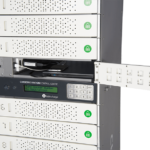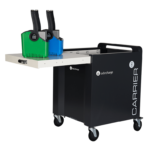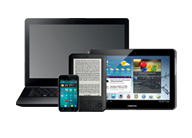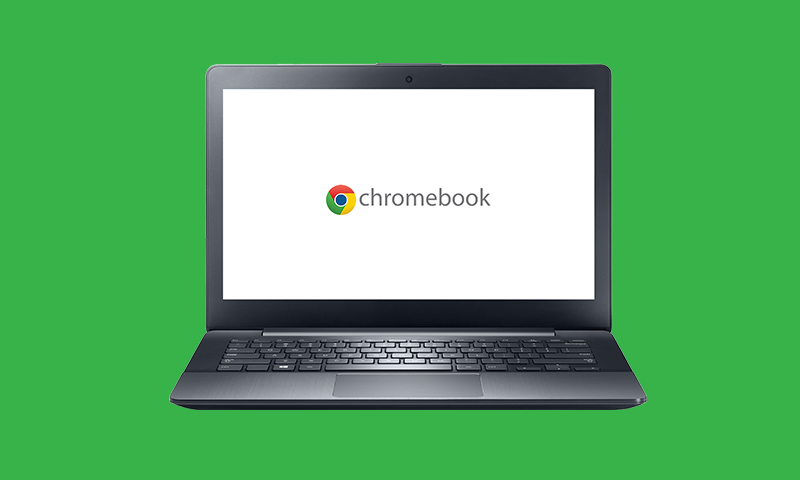Design trends in schools incorporating technology
Thousands of children returning to school last autumn walked through the doors of brand new state-of-the-art buildings, thanks to a government initiative to refurbish and rebuild some of the worst school buildings in the country.
Across the country, 28 schools opened the door to new, modern buildings thanks to the government’s £4.4 billion priority school building programme (PSBP).
According to a press release by the Government website www.gov.uk, The PSBP is transforming the most run-down schools in the country by providing facilities fit for the 21st century, including bright classrooms, inspiring libraries and specialist music facilities. The new buildings will ensure pupils have the right environment to help them fulfil their potential.
In an evolving world where more schools than ever are being rated as good or outstanding, where choice is wide spread, and where competition is thriving, it is important that schools are being redeveloped to support learning.
According to Architectus, a leading design studio that brings together the experience of more than 250 architects, interior architects, urban designers and urban planners, there are a few developments that have had implications on school design in the last few years and one of those is the rise in the use of technology.
“Since the advent of mass education (around the time of the Industrial Revolution), student learning in primary and secondary schools has been based on the model of teacher instruction. Students were thought to learn by absorbing what the teacher said and then reading about it in prescribed text books. School design facilitated this by creating corridors and boxes. Each of the boxes (classrooms) had rows of desks for the students and a desk at the front for the teacher. Visual supervision around the school was also important. Student numbers in classes were often 40 to 50 students, if not more.
“Information and communication technology has had a profound impact on student learning. All schools would now support many computers – most of which are in learning spaces where the students spend much time. These computers which take up space and generate heat require additional space considerations. All this equipment is usually networked with specialist staff looking after the infrastructure. There has also been much development in the understanding of how students learn.
“The “chalk and talk” approach of previous years has now been modified to the extent that students now enter a variety of places and spaces to understand the issues they have at hand. This may involve them spending periods out of the school environment – indeed learning in “real life” situations. A great deal of learning is also done via projects and in student teams and often cross disciplinary (eg; science, maths, English). This activity requires more flexible spaces. All of the above developments have implications for school design.”
Cast your minds back to when a mobile phone was a consumer luxury. At first, it was used as a portable telephone device. And now it has morphed into a fully-fledged internet search tool, daily diary, calorie tracker, note taker, digital camera – the list goes on!
And then we arrive at the computer tablet. What was once a hand held personal device has now developed into an educational resource in schools, a retail necessity to enhance the shopping experience, a travel tool when on a plane.
However, with the rise in technology, this has also meant schools have had to factor in new challenges into their school design structure.
Rolling out an iPad, Chromebook or mobile device program also needs some special consideration into safety and security, and other matters you may not even think about at first thought – how you will charge or store these devices when not in use?
LocknCharge charging carts and charging stations are used to facing tablet management issues. The education sector has long been using iPads, Chromebooks and mobile devices to enhance learning experiences and to save time in classrooms across the world. As such, their innovative solutions for mobile device management have evolved to a stage where whatever your requirement there is a storage or deployment vehicle suitable for your school, however large or small.
With modular systems, you can choose to have the cart or station sync your devices, which can otherwise would take significant time and energy when on a large scale, and allow units to be re-charged daily in a safe and convenient housing which has a small enough footprint to be stored just about anywhere. As an investment in technological devices can cost upward of £200 per device, these storage solutions can also offer safe and secure means to store your units when not in use. And deter thefts of devices with lockable carts.
The Carrier 30 Cart, which can charge up to 30 devices with a clever basket system, allows deployment of mobile devices throughout the school in smaller quantities and even into the playground o f one of these new “flexible” spaces that allow students to learn through real life situations. And if that isn’t inspiring for a design trend I don’t know what is! The Carrier 30 Cart can also save up to 70 hours of class time each year by allowing devices to be distributed more quickly compared to traditional cabinet-style carts.
f one of these new “flexible” spaces that allow students to learn through real life situations. And if that isn’t inspiring for a design trend I don’t know what is! The Carrier 30 Cart can also save up to 70 hours of class time each year by allowing devices to be distributed more quickly compared to traditional cabinet-style carts.
To learn more about how LocknCharge can help find an ideal, secure solution for your school environment contact us today.
Source:
http://www.architectus.com.au/en/publications/articles/trends-school-design
https://www.gov.uk/government/news/thousands-of-children-back-to-school-in-21st-century-facilities




